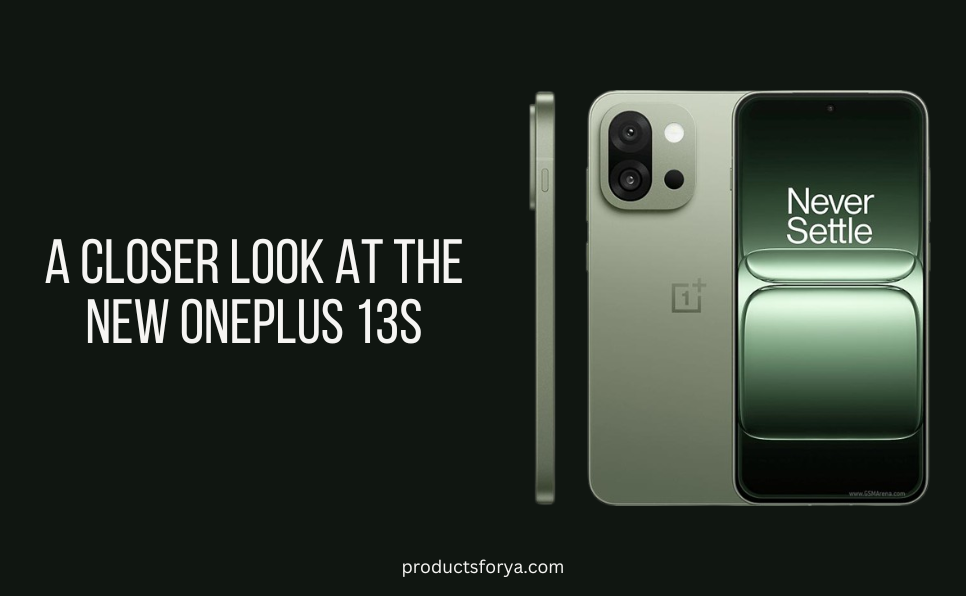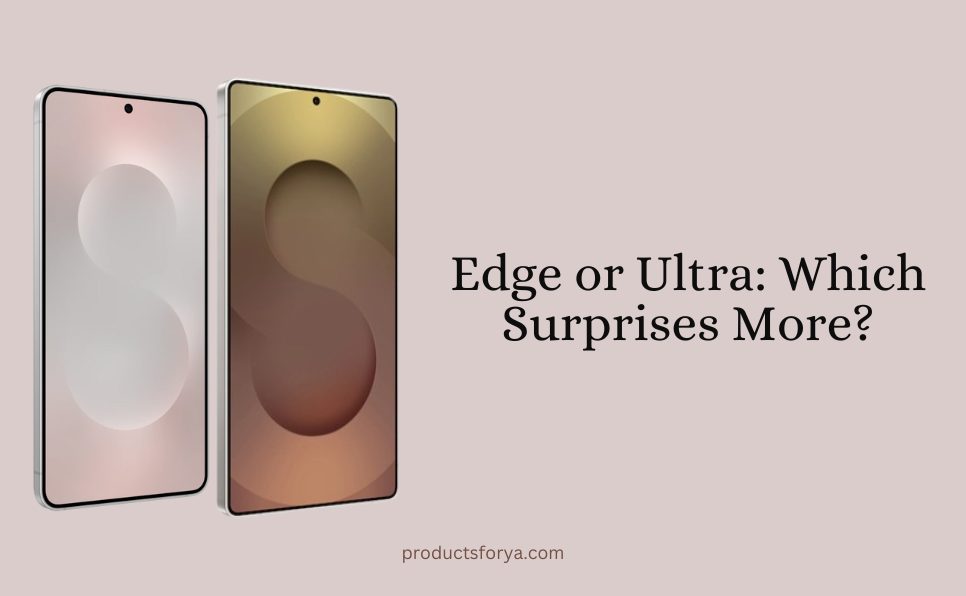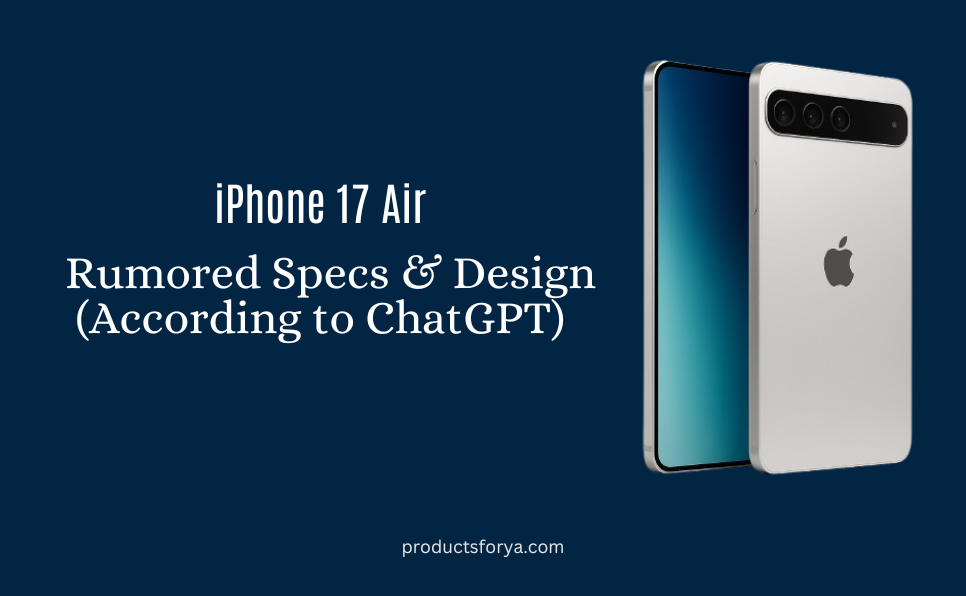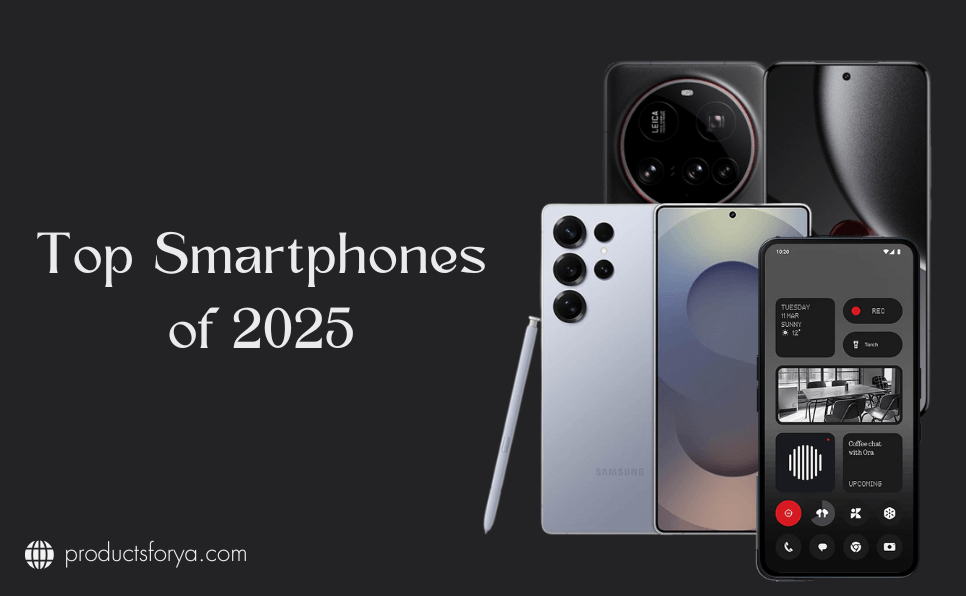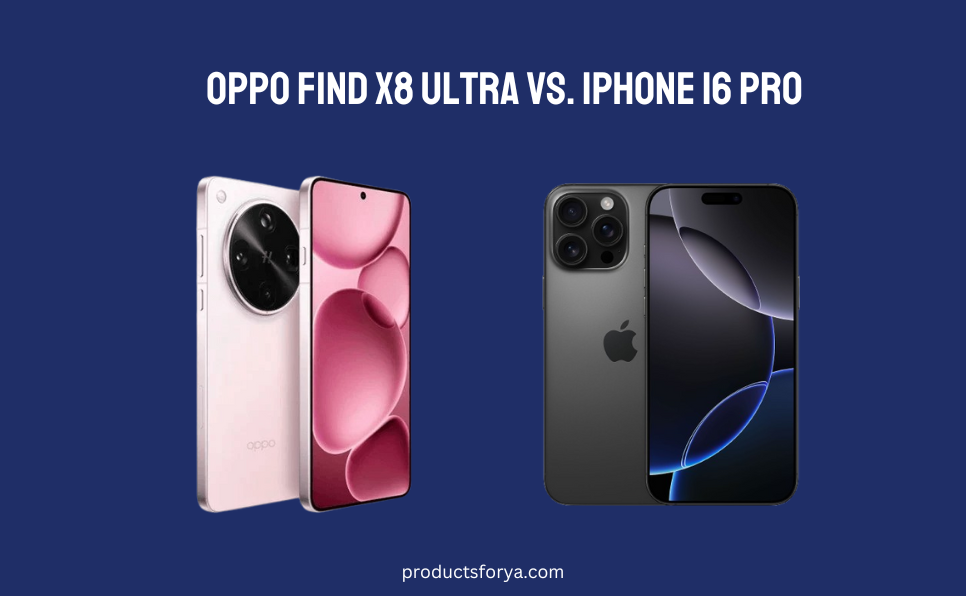OnePlus 13s Review 2025
OnePlus 13s: A Compact Flagship Worth Noticing Oversized phones may rule the headlines, but not everyone wants a device that barely fits in a pocket. If you’ve been waiting for a smaller Android flagship that doesn’t sacrifice power, the OnePlus 13s could be your answer. With its compact design, big battery, and powerful internals, this phone makes a strong case for why small doesn’t mean basic. Specification Details Launch Date Announced June 5, 2025 / Release June 12, 2025 Display 6.32″ LTPO AMOLED, 120Hz, HDR10+ Resolution 1216 x 2640 pixels (~460 ppi) Processor Snapdragon 8 Elite (3 nm), Octa-core RAM & Storage 12GB RAM, 256/512GB UFS 4.0 Main Camera Dual 50 MP (Wide + Telephoto), OIS, 2x zoom Selfie Camera 32 MP, 4K video @30fps Battery 5850 mAh, 80W wired charging Operating System Android 15 with OxygenOS 15 Price ₹54,999 (~$670 USD / ~€615 EUR) Comfortable Size with Premium Build Measuring 150.8 x 71.7 x 8.2mm and weighing just 185 grams, the OnePlus 13s brings back the comfort of one-handed use without giving up a premium build. The glass front and aluminum alloy frame give it a refined feel, while the IP65 rating ensures dust resistance and protection from light water exposure. This isn’t just about size. The phone features a stunning 6.32-inch LTPO AMOLED display with 1 billion colors, Dolby Vision, HDR10+, and an incredibly smooth 120Hz refresh rate. With 2160Hz PWM dimming and HDR Vivid support, it delivers top-tier visuals in a form factor that’s easy to handle. Snapdragon 8 Elite Performance in a Small Body Under the hood, the OnePlus 13s runs the Snapdragon 8 Elite chip, built on a 3nm process. It features an octa-core CPU with high-efficiency Oryon V2 Phoenix cores and the Adreno 830 GPU. Whether you’re multitasking, gaming, or streaming, this phone keeps up with anything you throw at it. You also get 12GB of LPDDR5X RAM and a choice of 256GB or 512GB of UFS 4.0 storage. There’s no microSD card slot, but with this much storage and speed, most users won’t miss it. 📩 Stay Updated! Subscribe to our newsletter and never miss out on exclusive updates. 🚀 Subscribe Now ✅ Thank you for subscribing! Massive Battery with Fast Charging Options The OnePlus 13s packs a surprisingly large 5,850mAh battery. That’s more than what some larger phones offer and should easily get you through a full day, even with heavy use. Charging is just as impressive. You get 80W wired charging along with support for 33W PPS, 18W Power Delivery, and Quick Charge. There’s also 5W reverse wired charging for powering up accessories. Wireless charging isn’t available, but for this size and battery combo, that trade-off might be acceptable for many users. Dual Cameras That Focus on Quality The OnePlus 13s sports a dual rear camera setup: a 50MP main sensor (f/1.8, 24mm, 1/1.56″, 1.0µm) with multi-directional PDAF and OIS, and a 50MP telephoto lens (f/2.0, 2x zoom, 1/2.75″, 0.64µm) with PDAF. While it lacks an ultrawide lens, it includes a color spectrum sensor, LED flash, HDR, and panorama. Video recording supports 4K at 30/60fps, 1080p at 30/60/240fps, with gyro-EIS, OIS, and Dolby Vision HDR for cinematic quality. On the front, a 32MP selfie camera (f/2.0, 21mm, 1/3.1″, 0.7µm) features autofocus, HDR, and panorama. It also records in 4K@30fps and 1080p@30fps with gyro-EIS, making it ideal for high-quality video calls and content creation. New Plus Key Replaces the Alert Slider OnePlus fans will notice the absence of the Alert Slider. In its place, the company has introduced the customizable “Plus Key.” Much like Apple’s Action Button, it allows you to assign quick tasks or apps. If you’re used to personalizing your phone’s functions, this change could actually feel like an upgrade. Audio, Sensors, and Connectivity: All the Essentials The stereo speakers support Dolby Atmos for immersive audio, and there’s no headphone jack. On the connectivity side, the phone supports Wi-Fi 7, Bluetooth 6.0 with aptX HD and LHDC 5, and all major positioning systems including NavIC and QZSS. There’s NFC, an infrared port, and USB-C with OTG support, though it uses the older USB 2.0 standard, which means slower data transfer speeds. You also get in-display fingerprint recognition, gyro, accelerometer, compass, proximity sensors, and even Google’s new Circle to Search feature built right in. What’s Missing and Should You Be Concerned? There’s no ultrawide camera, no wireless charging, and slower USB 2.0 data transfer speeds. For users who rely on those features daily, this may feel like a limitation. But for compact phone fans focused on comfort, display quality, and real-world usability, these omissions may be easy to overlook. Will the OnePlus 13s Launch in the US? As of now, OnePlus has not confirmed an official US release date or carrier support for the OnePlus 13s. However, like many of its global devices, it may be available for import through international retailers or third-party platforms. Keep in mind that network compatibility will depend on your carrier, as this model supports GSM, HSPA, LTE, and 5G bands. OnePlus 13s Release Date, Price, and Market Availability The OnePlus 13s was officially announced on June 5, 2025. The expected release date is set for June 12, 2025, with the initial launch taking place in key Asian markets, including India. The base model with 12GB RAM and 256GB storage is priced at ₹54,999 (around $660 USD / €610 EUR). Final Thoughts: One of the Best Compact Phones of 2025? The OnePlus 13s is a rare find. It combines a compact design with flagship specs, a standout display, and battery life that challenges even the biggest phones. While it lacks some features like an ultrawide camera, wireless charging, and faster USB data transfer, these trade-offs are understandable given its size and focus on core performance. For those who prioritize comfort, usability, and power in a smaller package, the OnePlus 13s offers a balanced and compelling option. If you have been waiting for a phone that truly fits in your hand without feeling like a compromise,

